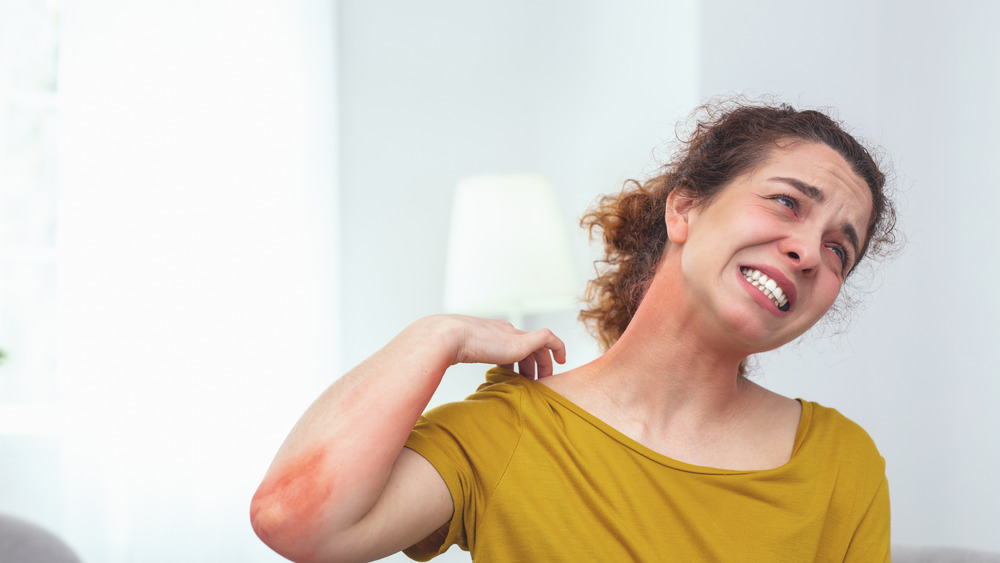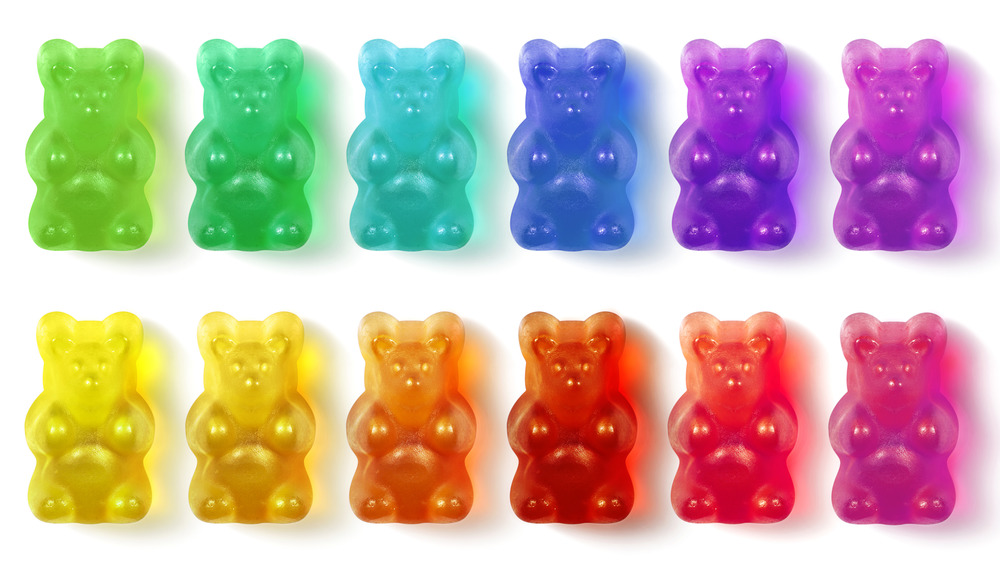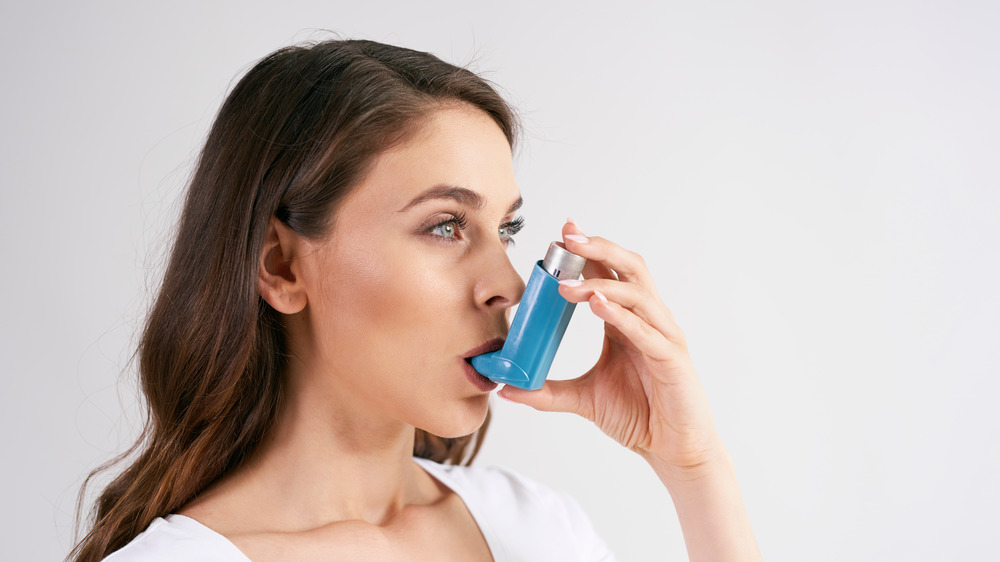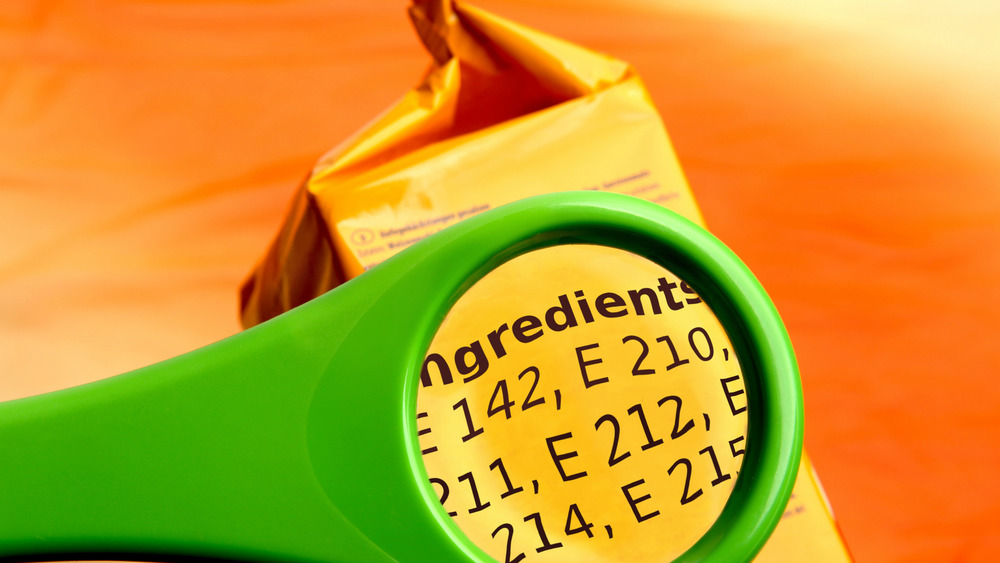Food Dyes You Might Be Allergic To
You downed a cherry sports drink earlier and now you're breaking out in hives. That's odd, you think. That's never happened before. But it's a different brand of sports drink than what you're used to. What could be causing this allergic reaction?
Is it possible you're allergic to the dye used to make that cherry drink look cherry? Yes, it's certainly possible. Let's look into the use and regulation of food dyes.
Think of a rainbow-colored popsicle, a bowl of pastel-tinted cereal puffs, or a decorated birthday cake. They all contain one or more color additives. The U.S. Food and Drug Administration (FDA) defines color additives, or dyes, as any substance that imparts color to a food. They can be either synthetic substances or those derived from natural sources.
Currently, there are nine synthetic color additives approved by the FDA for use in food. Each time a manufacturer creates a new batch of synthetic color additives, the FDA must certify that it meets the required specifications before it can be used. Color additives derived from natural sources, however, are exempt from batch certification. They are only FDA-approved once, before they are initially added to foods.
The first synthetic color additives were created back in 1856 from coal tar. These days, they are made from petroleum, according to Healthline.
Every color additive is artificial
Being petroleum-based certainly makes synthetic color additives sound even more artificial. But the truth is, according to Culinarylore, every dye added to food is artificial: " ....Anytime a food is intentionally colored beyond that which is present naturally in the food, it is artificially colored." For instance, a cola drink is brown due to the addition of caramel, which is derived from natural sources. However, it's still an artificial coloring, since the original appearance of the soda is not brown.
Of the synthetic dyes, Yellow 5 — aka tartrazine — has been shown in multiple studies to elicit hives and symptoms of asthma, although the FDA says it causes hives rarely, in "fewer than one in 10,000 people," according to the New York Times. Additionally, people who are allergic to aspirin appear to be more allergic to Yellow 5. The dye is used in such foods as candy, canned veggies, cheese, ice cream, ketchup, and hot dogs (per VeryWell Health).
Along with Yellow 5, Red 40 and Yellow 6 are among the most commonly consumed color additives and those most likely to cause allergic symptoms. Red 40 is typically added to such products as sports drinks, candy, condiments, and cereals, while Yellow 6 is used in sauces, baked goods, and preserved fruits. Blue 1, found in confections, beverages, cereals, frozen dairy desserts, popsicles, and frostings, is another dye that may trigger an allergic response in certain people.
Yes, natural colorants can be allergenic
It may not be surprising to consumers that something made from a substance as artificial as petroleum may cause allergies. However, it's the additives derived from natural sources — plants, insects, and animal products — that are more likely to provoke an allergic reaction because they contain proteins that our immune systems might react to, says Ronald Simon, M.D., an allergist and immunologist at Scripps Clinic Carmel Valley in San Diego.
One such colorant is carmine (aka, cochineal extract), a red dye made from the scale of dried insects — yes, we said bugs — that is used in such foods as burgers, drinks, and candy. Carmine has been reported to cause both minor allergic reactions, as well as anaphylaxis, a severe, potentially life-threatening, allergic reaction with symptoms of swelling of the face or lips, difficulty breathing, wheezing, fast heartbeat, tightness in the throat, hives, nausea, dizziness, and fainting. Another naturally derived food dye that can cause an allergic reaction is annatto, which comes from the seeds of the achiote tree. Found in cereals, cheeses, snack foods, and drinks, it has been reported in several instances to trigger anaphylactic reactions.
Other naturally derived colorants include a bluish red to brown dye from dehydrated beets, a yellow/tan dye from caramel, a yellow to orange dye from beta-carotene, and red and green dyes from grape skins.
What could you be allergic to?
If you suddenly suffer an allergic reaction to a food you've had before, it could mean that particular brand or prepared product contains a colorant you're sensitive to. The problem is identifying what that exact colorant is. The FDA requires that food labels list all ingredients, including the name of any FDA-certified (synthetic) color additive. However, naturally derived colorants are not required to be listed by name, with the exception of carmine, due to the higher possibility of allergic reactions. Such color additives may be listed collectively as "artificial colors," "artificial color added," or "color added."
Making the tracing even more difficult is the fact that, while allergic reactions to foods themselves occur immediately, reactions to additives can occur later, possibly after hours or even days, Robert Swerlick, M.D., an Emory University dermatologist, told the New York Times.
Pinpointing the cause of your allergic reaction could be a matter of trial and error, not only because of the difficulty of identifying individual colorants in foods and the possible delay in experiencing allergic symptoms, but because there are no tests to diagnose a food dye allergy. It might help to keep a food diary, noting what you eat and when you have a reaction. Then avoid the suspected foods for a few weeks to see if symptoms disappear (per Healthline).
While food dye allergies are rare, occurring in about four percent of people with allergies, they can still happen. If you experience symptoms of anaphylaxis, go to the hospital immediately




